
PowerColor Radeon HD 3850 Xtreme PCS
Before we get onto PowerColor's card, it's worth doing a quick bit of housekeeping to bring everyone up to speed on what the Radeon HD 3850 is. Like the Radeon HD 3870, the Radeon HD 3850 is based on the 55nm RV670 graphics chip.RV670 features 64 five-way superscalar shader processors (making a total of 320 stream processors), 16 texture units, 16 ROPs and a 256-bit ring bus memory architecture. Of course, there is also support for DirectX 10.1, PCI-Express 2.0, the Tessellation unit and the Unified Video Decoder, which offloads 100 percent of the h.264 and VC-1 decoding from the CPU.
The reference design card from ATI features a single slot cooling solution, 256MB of on-board memory and is clocked at 670/1,660MHz. These compare quite favourably to the Radeon HD 3870, which comes complete with a dual-slot cooler, 512MB of on-board memory and clock frequencies of 775/2,250MHz. On the whole then, the standard HD 3850 will probably be around 15-20 percent slower than the HD 3870 in scenarios when the former isn't running out of memory.
PowerColor has done quite a bit of work with its Radeon HD 3850 Xtreme PCS card, as it has moved right away from the reference design. Not only has the company increased the Radeon HD 3850's core and memory clocks from 670/1,660MHz to 720/1,800MHz, but there are also physical changes in the hardware – PowerColor didn't believe it was Xtreme enough to settle for just a clock speed increase.
We have already briefly touched on the cooling solution, which is designed by Zerotherm. It's a dual-slot solution with an orange 70mm fan and a single circular heatpipe that takes heat away from the heatsink's copper base, spreading it out into the copper fins to ensure maximum dissipation. On the whole, despite being a massive departure from the reference design, it appears to work well but it's not as quiet as we would have hoped.
It sits with the fan running at 100 percent and our efforts to silence it were unsuccessful. That's not all though, because there are some other drawbacks that one must consider as well. Obviously, being a dual-slot cooling solution, this card won't fit in some small form factor chassis, but since most full-sized motherboards these days allow for a dual-slot graphics card, it's not a massive issue. What's a potentially more important drawback is the fact that the hot air is not exhausted from the case – that's something to remember if you've got poor case cooling.
There are more changes to the PCB as well, where PowerColor has not only redesigned the PCB, but also moved to 100 percent solid aluminium capacitors while the reference card used a combination of solid aluminium and standard electrolytic capacitors. Even despite the changes though, there's still the required six-pin PCI-Express power connector at the one end, while the PCI-Express 2.0 slot itself still draws 75W at maximum in order to retain backwards compatibility.
There are eight Samsung K4J52324QE-BJ1A DRAM chips, which make up a total of 512MB of GDDR3 memory. The chips themselves are rated at 2.0GHz (effective) or 200MHz higher than PowerColor has clocked them. It'll be interesting to see if there is any overclocking headroom in the card – something we'll come onto later.
On the PCI bracket, PowerColor has decided to kit the card out with a DVI/HDMI combination instead of the standard dual-DVI configuration. This is fine, although probably not to the tastes of most, but where it falls down is in the fact that there is no indication on the box that the card doesn't have dual-DVI. Of course, one can buy an HDMI-to-DVI converter if you've got your heart set on this card and want to use a pair of DVI monitors, but really it should be included in the bundle.
Warranty
PowerColor offers a two-year warranty covering parts and labour. During the first year in the product's life, your point of contact is the retailer where you purchased the product. If you're having problems getting hold of the retailer, or the retailer goes out of business, you should make direct contact with PowerColor. And finally, if you are having issues with the product during the second year of the warranty, your point of contact is at the manufacturer.
MSI MPG Velox 100R Chassis Review
October 14 2021 | 15:04

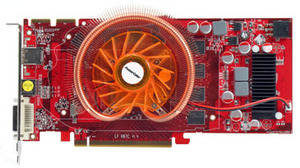
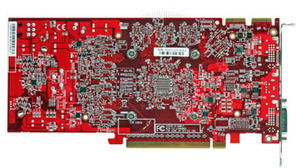
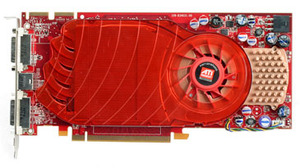
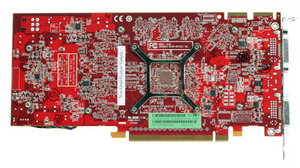
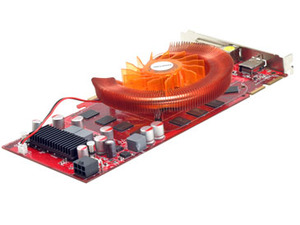
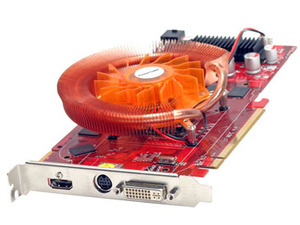








Want to comment? Please log in.